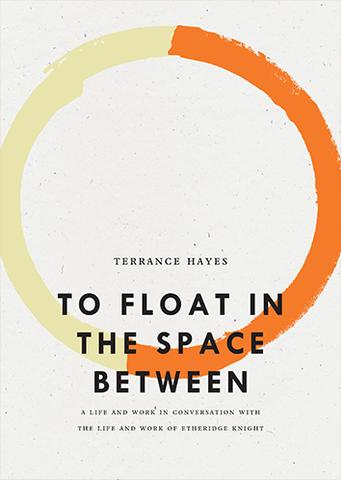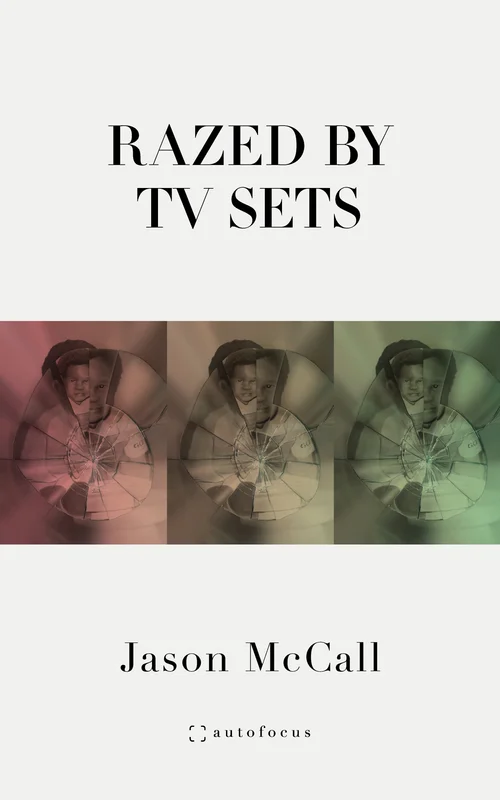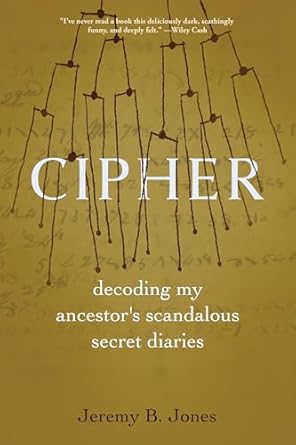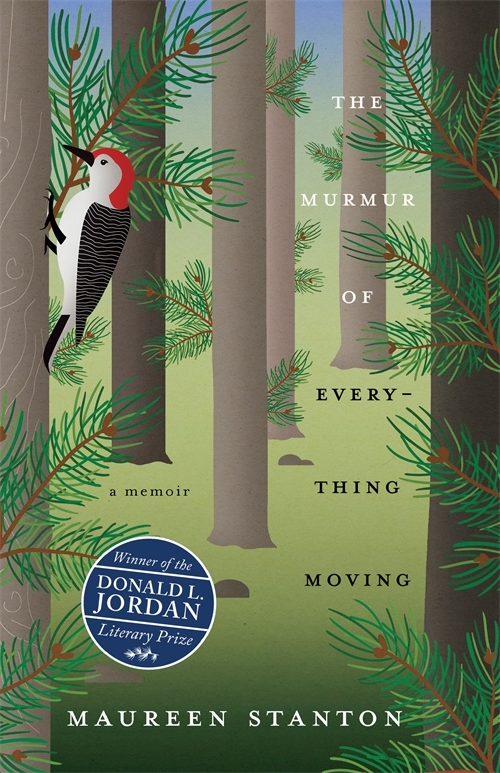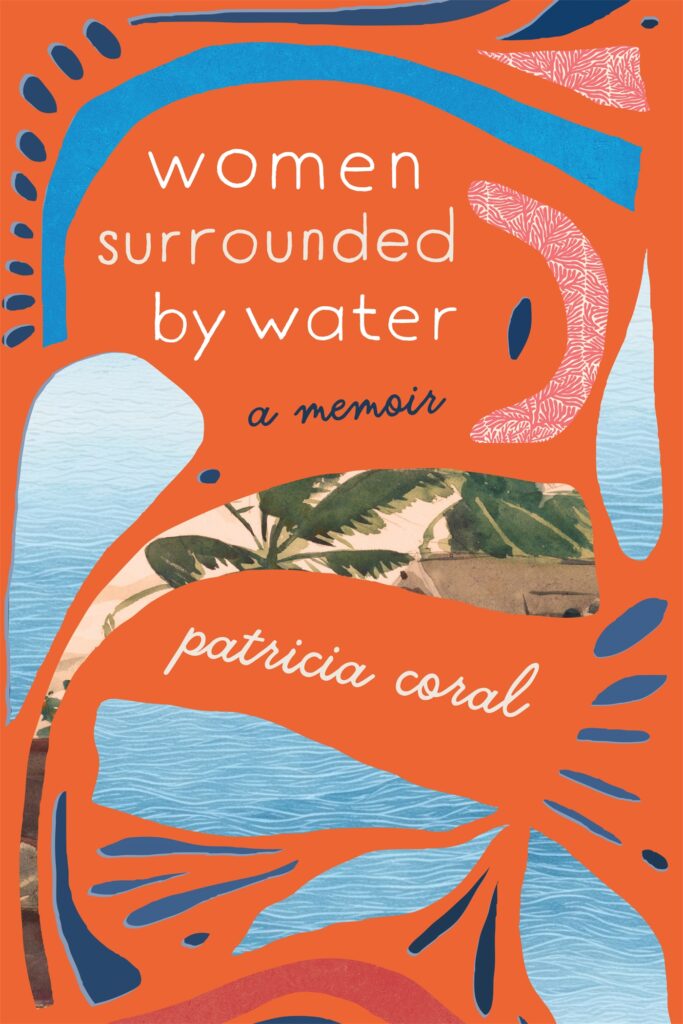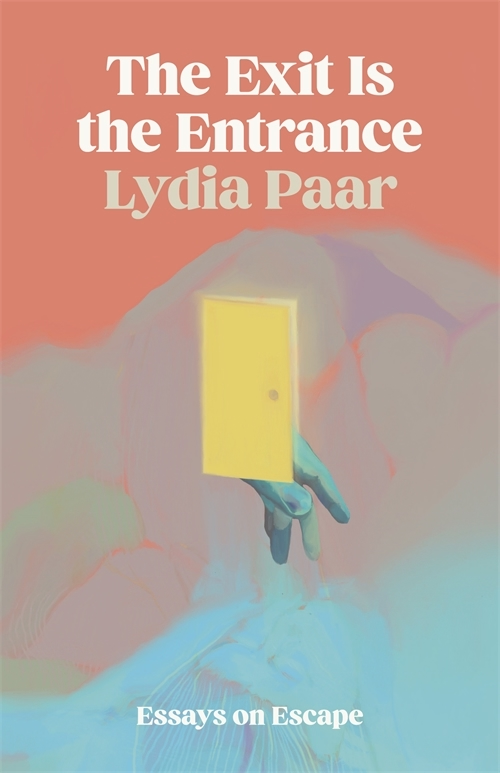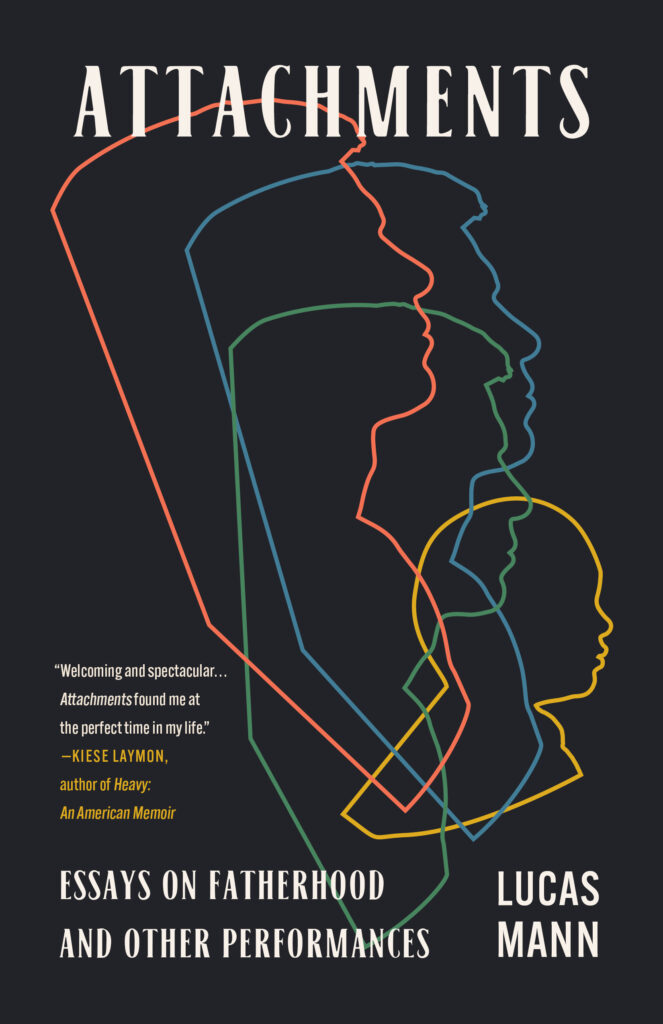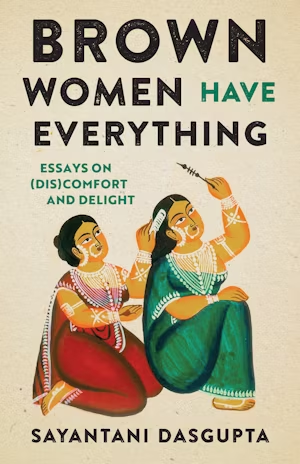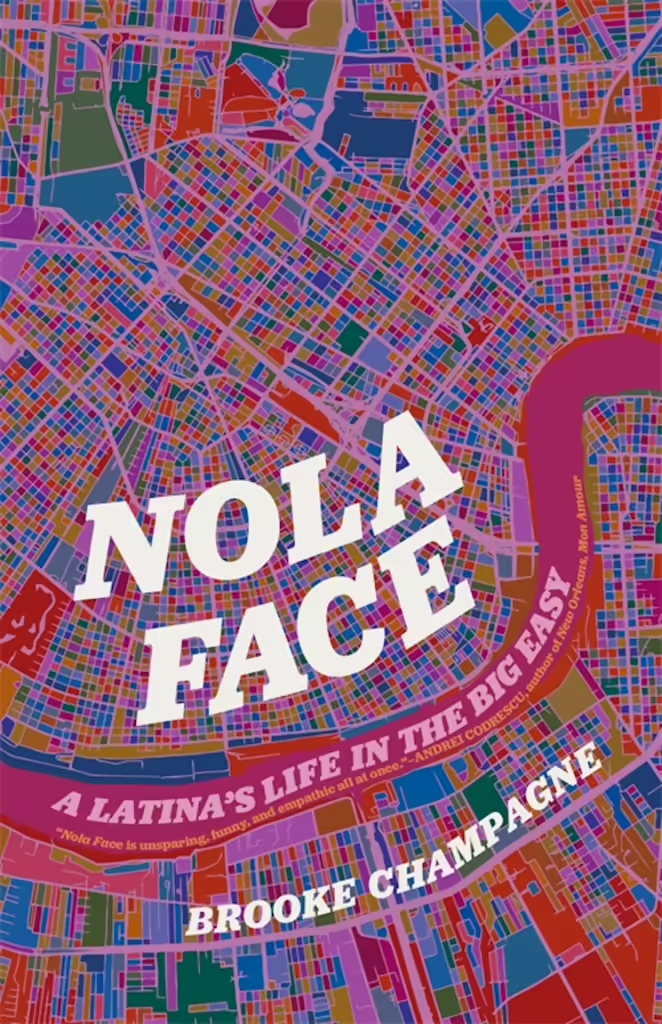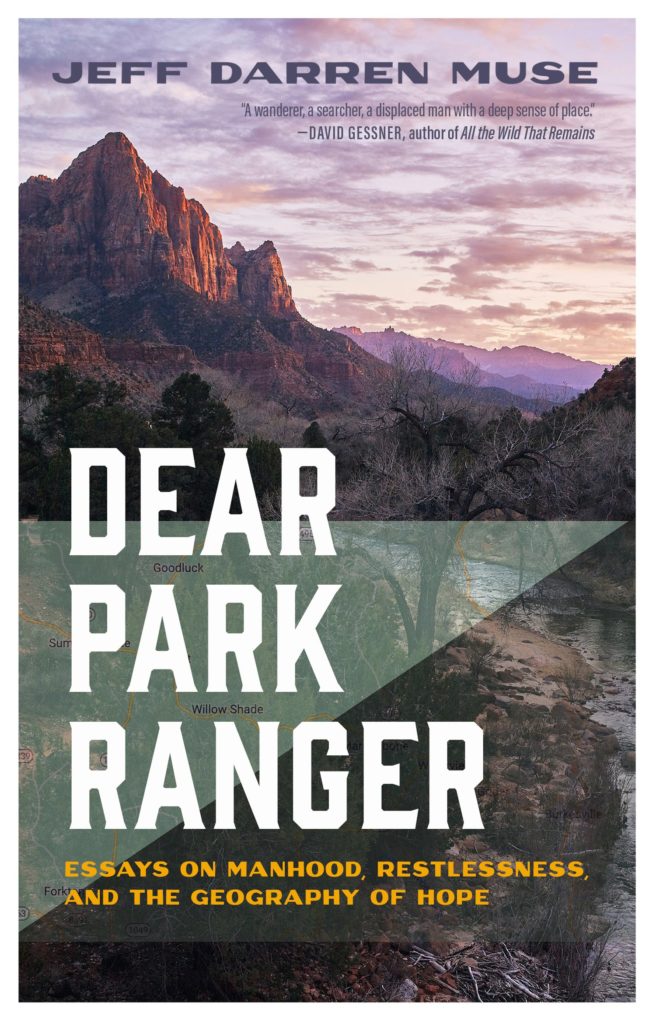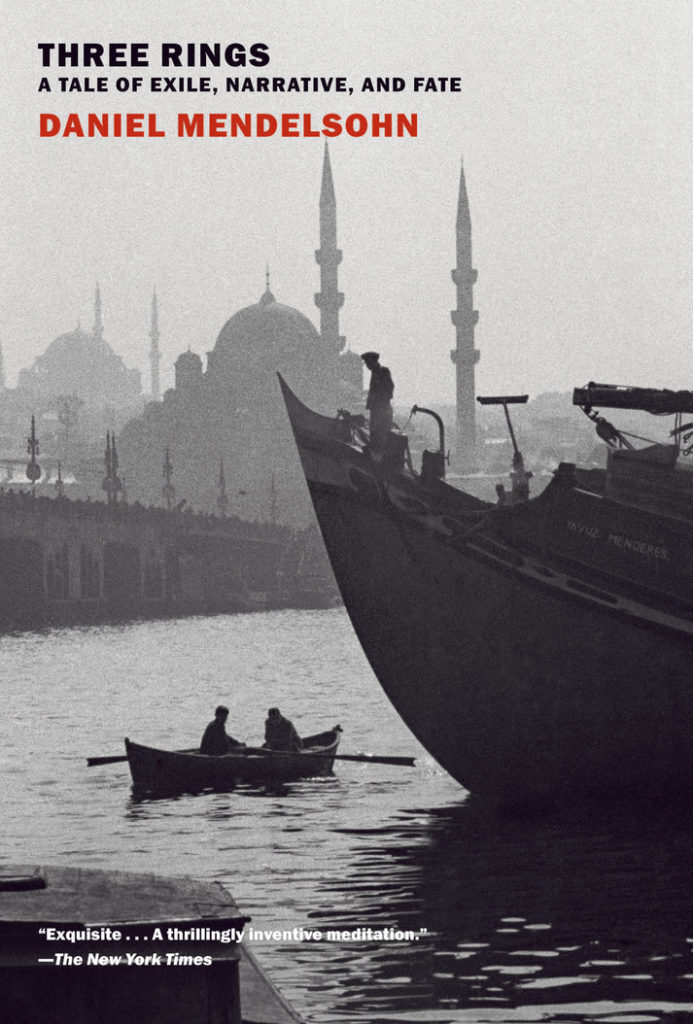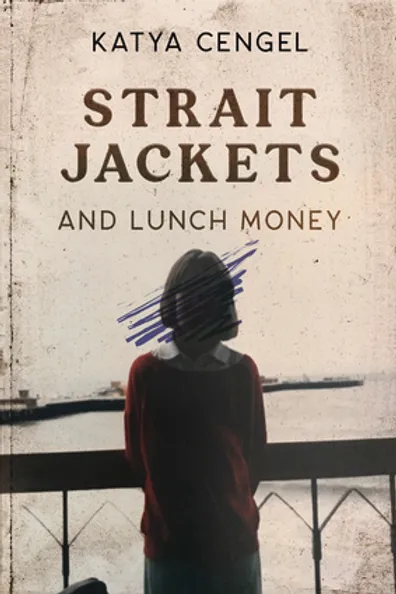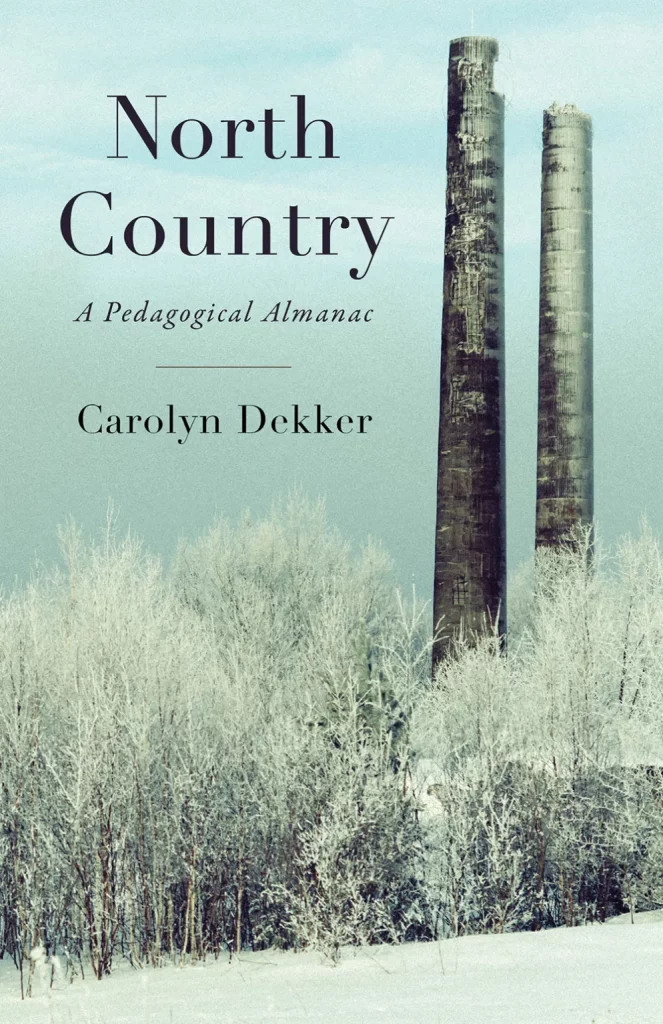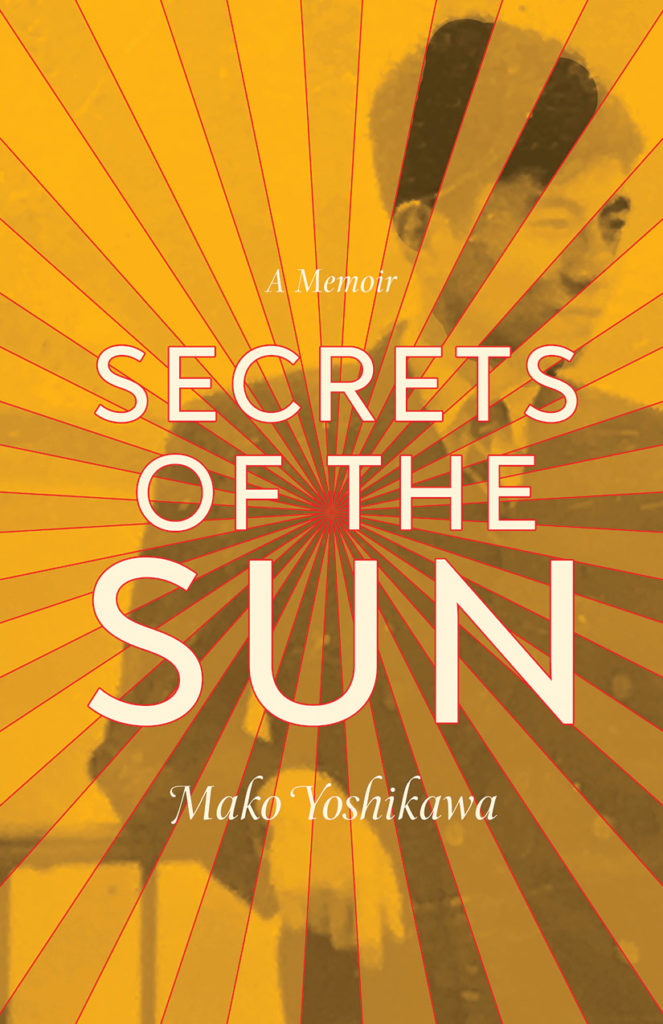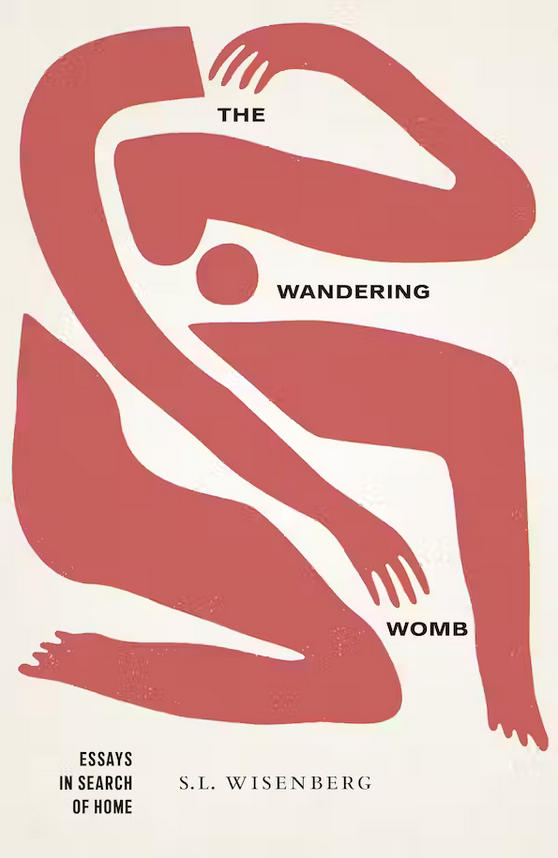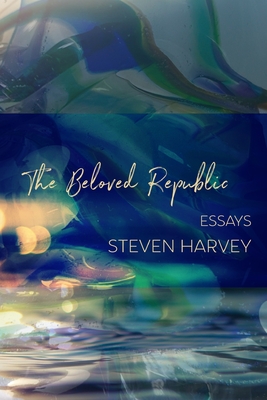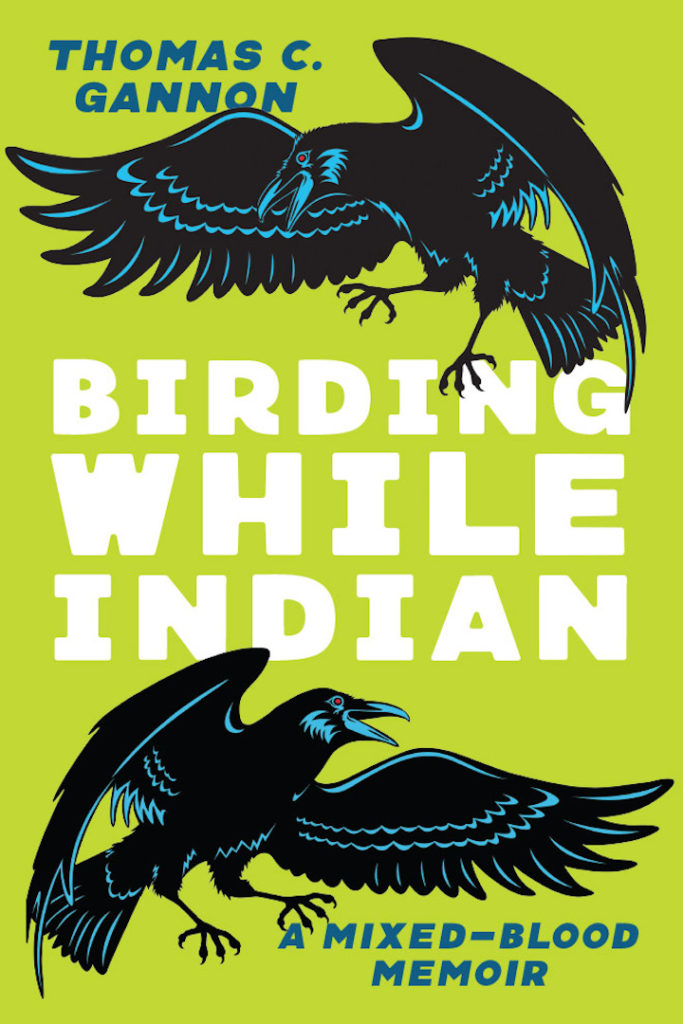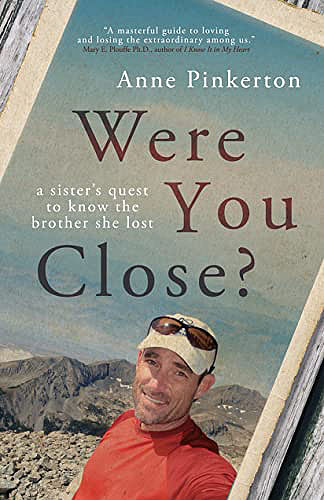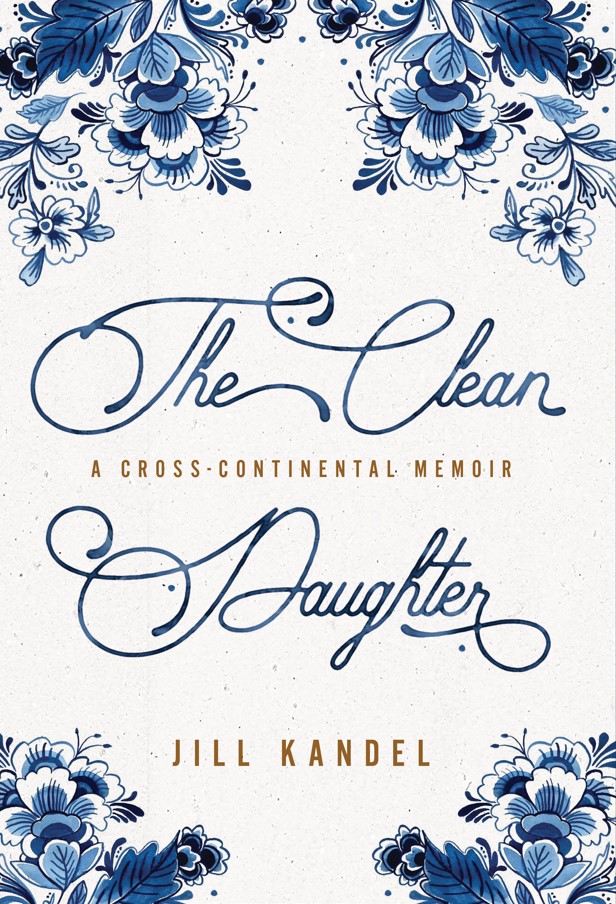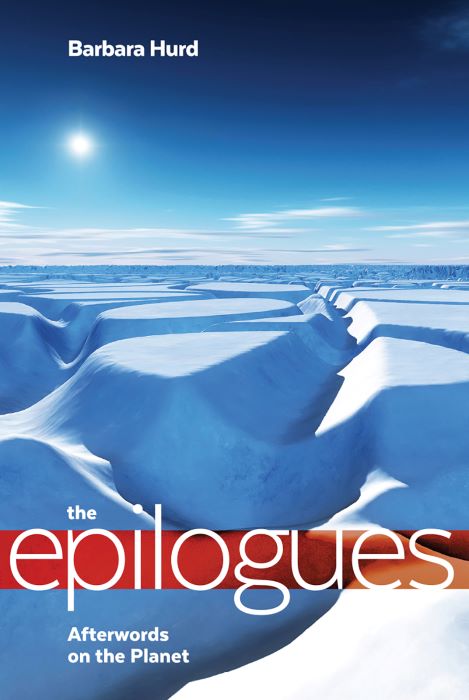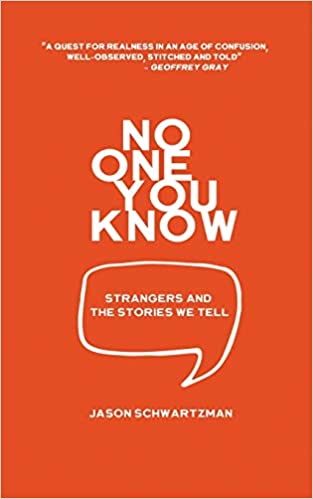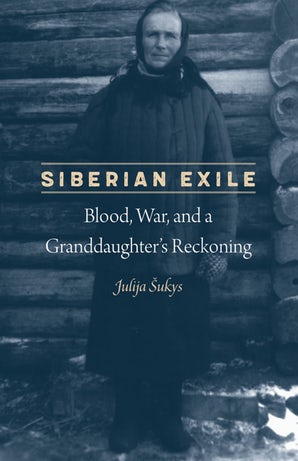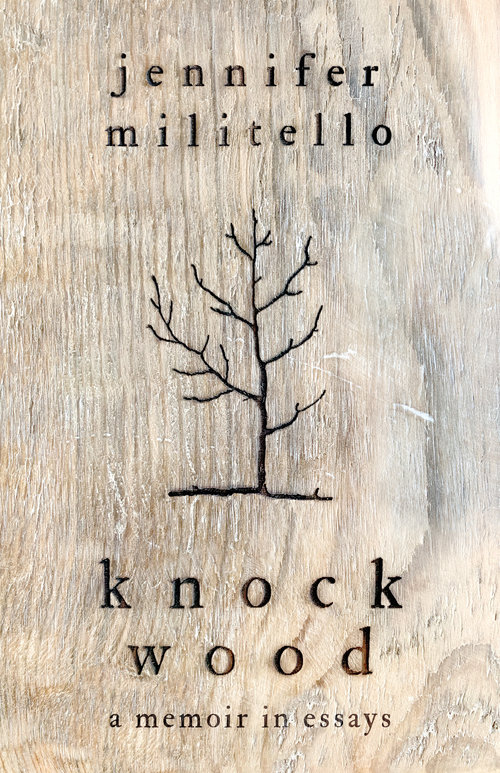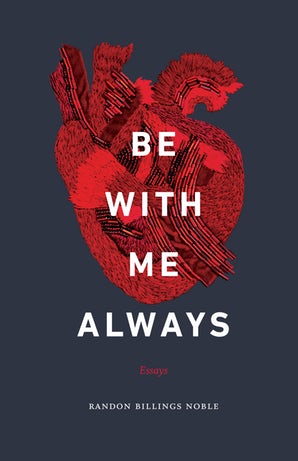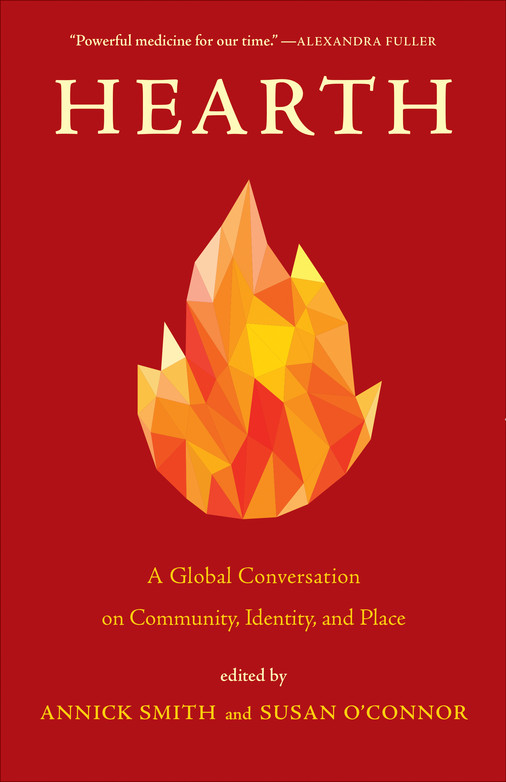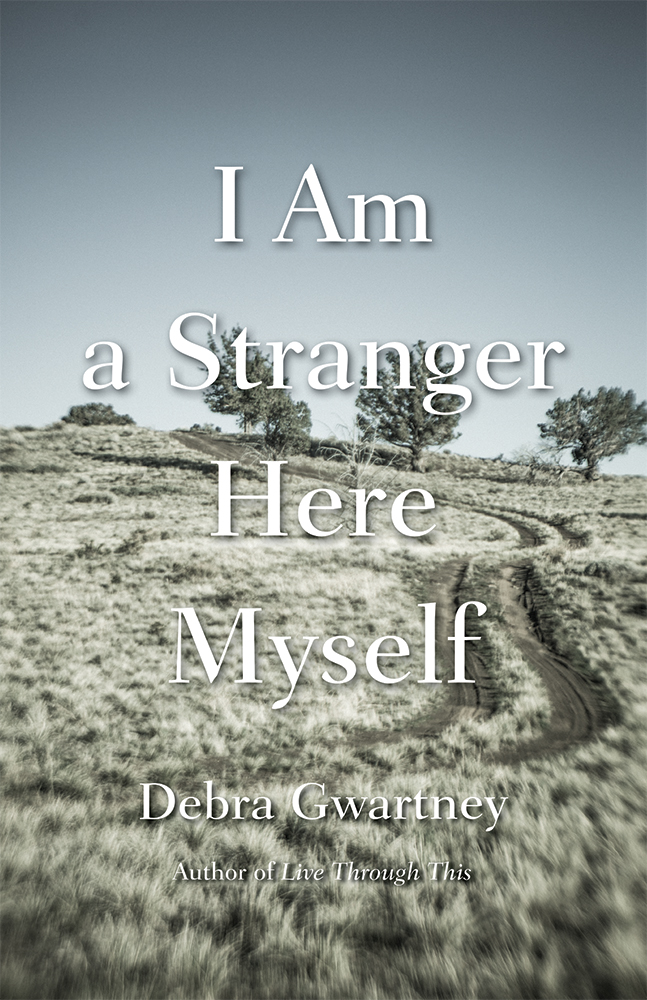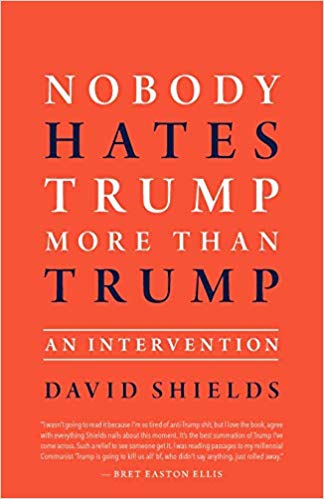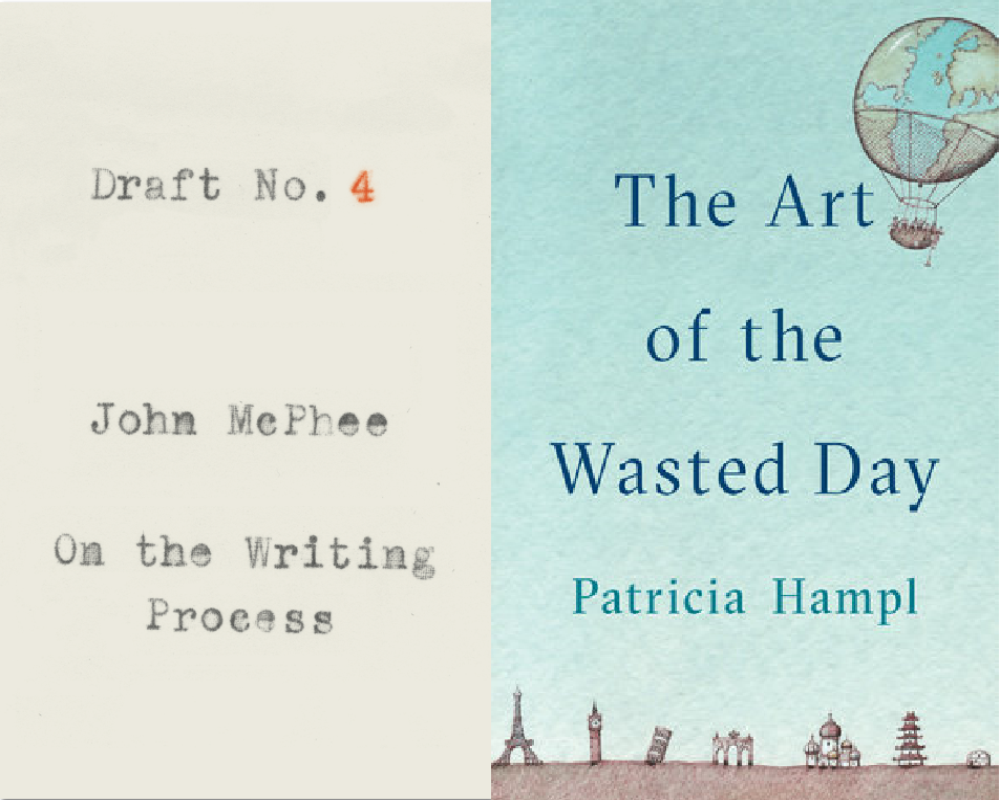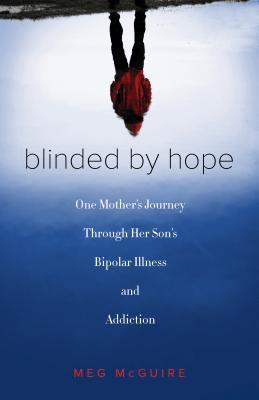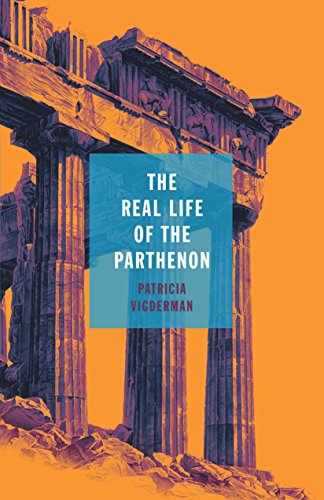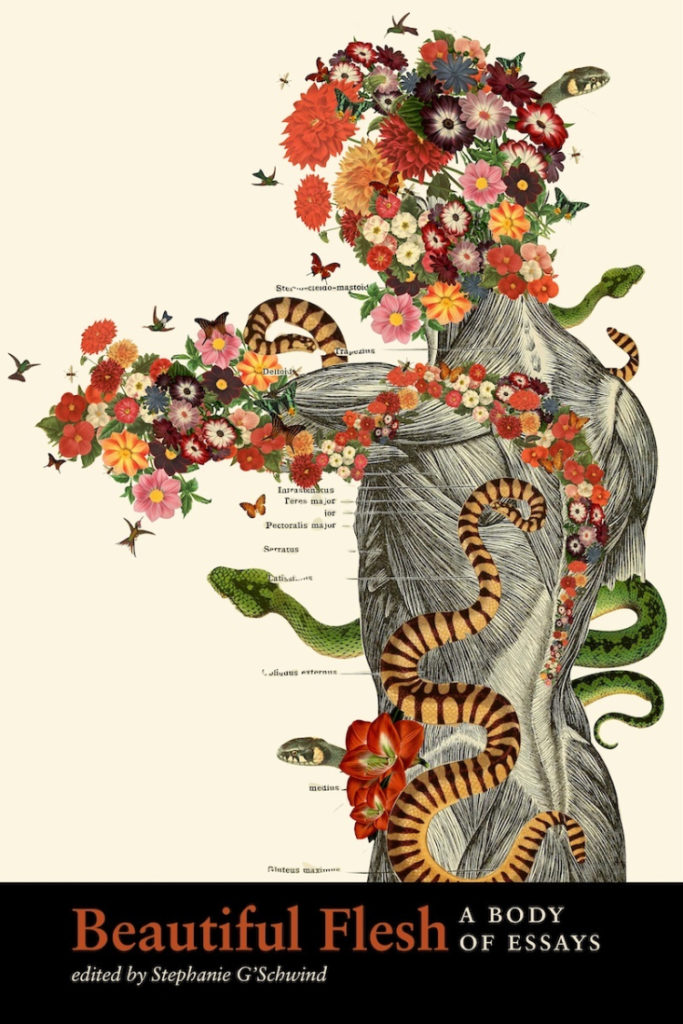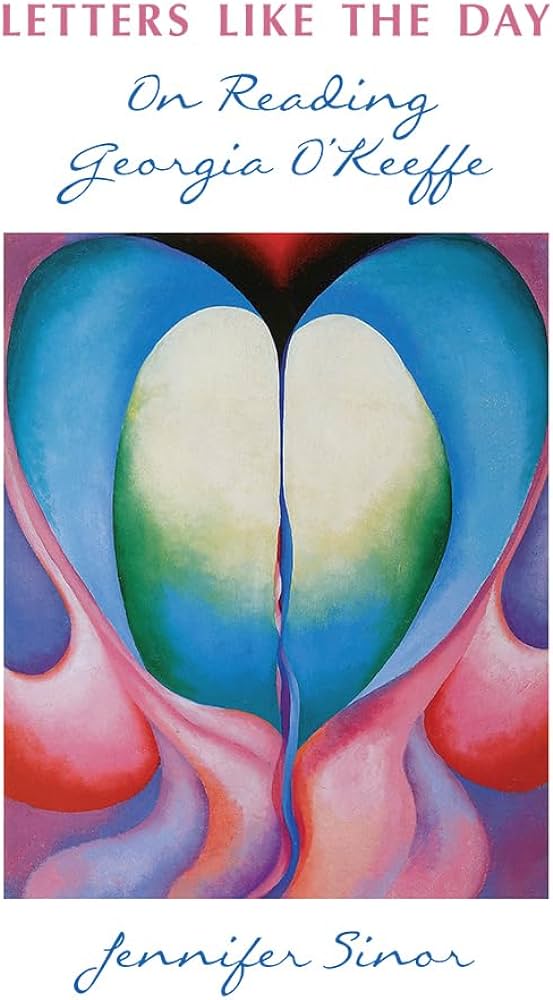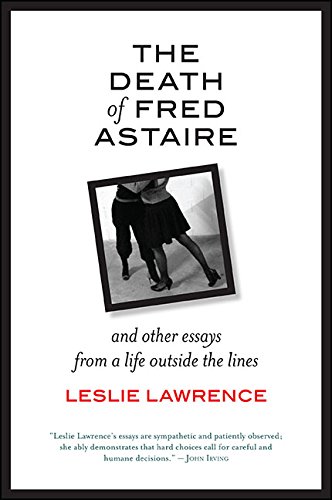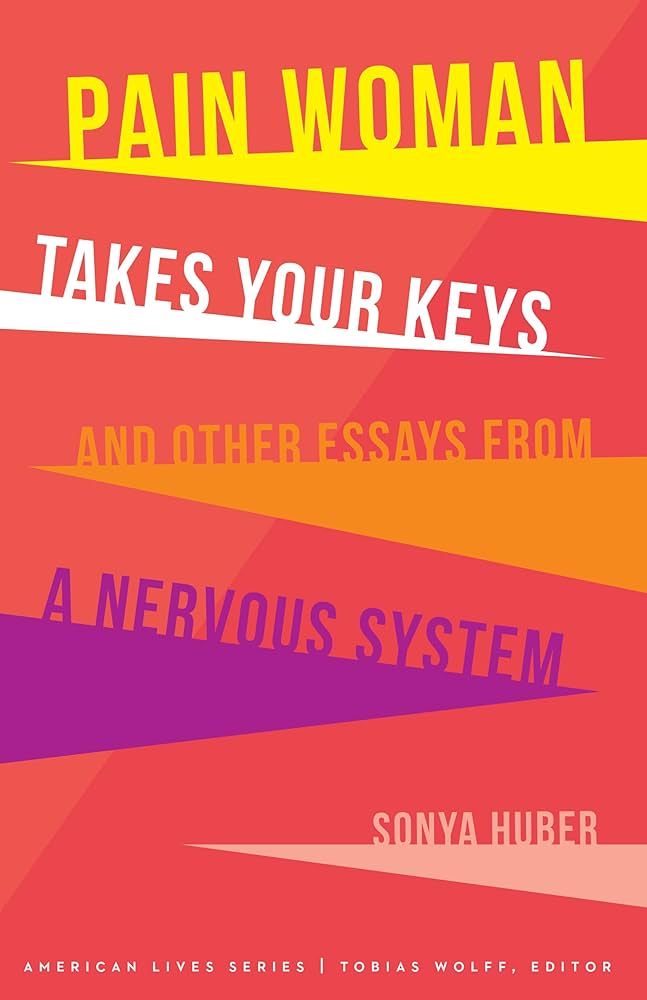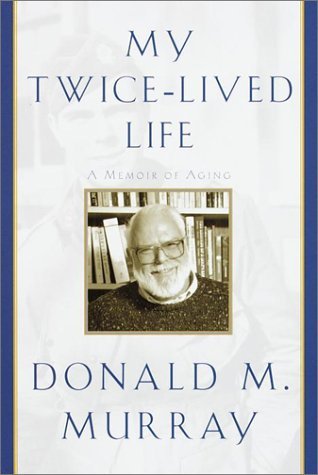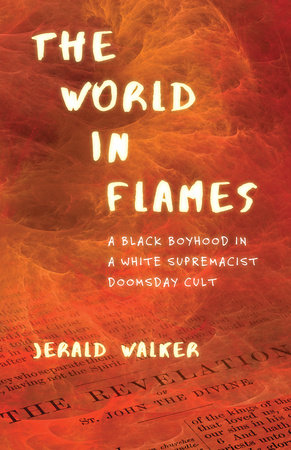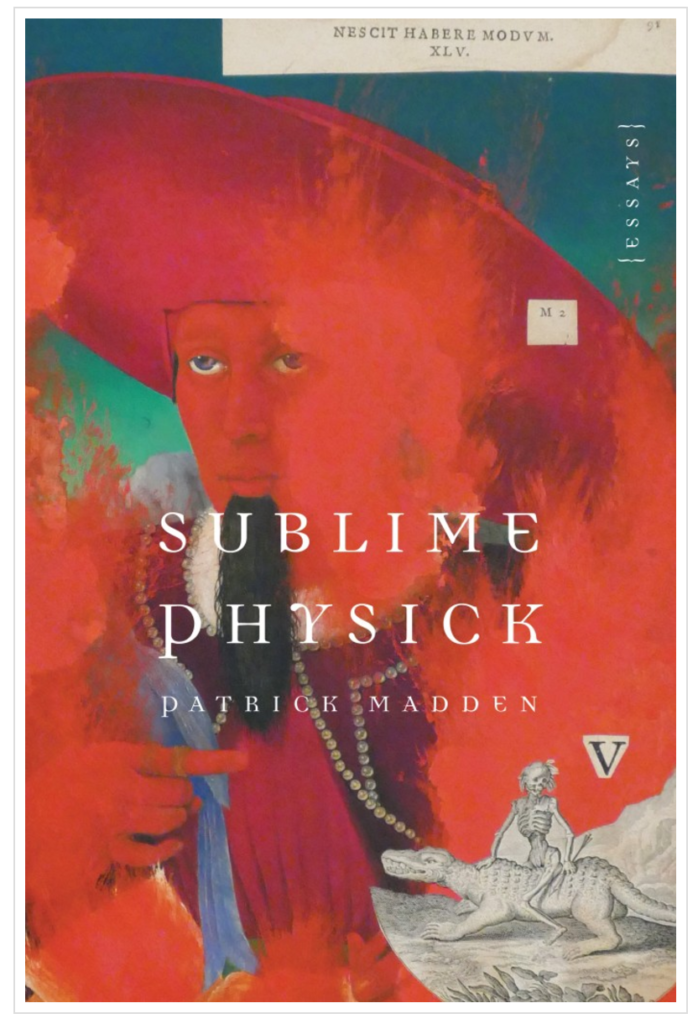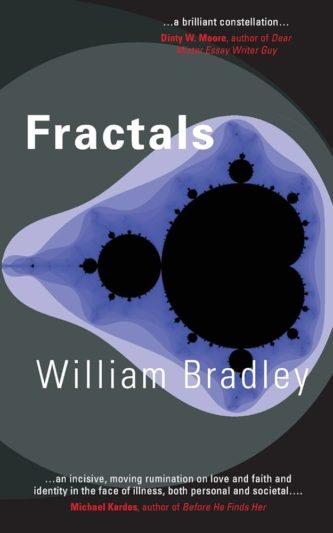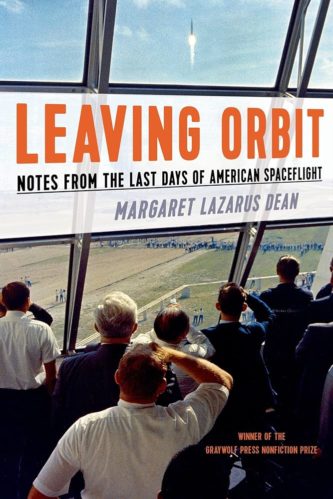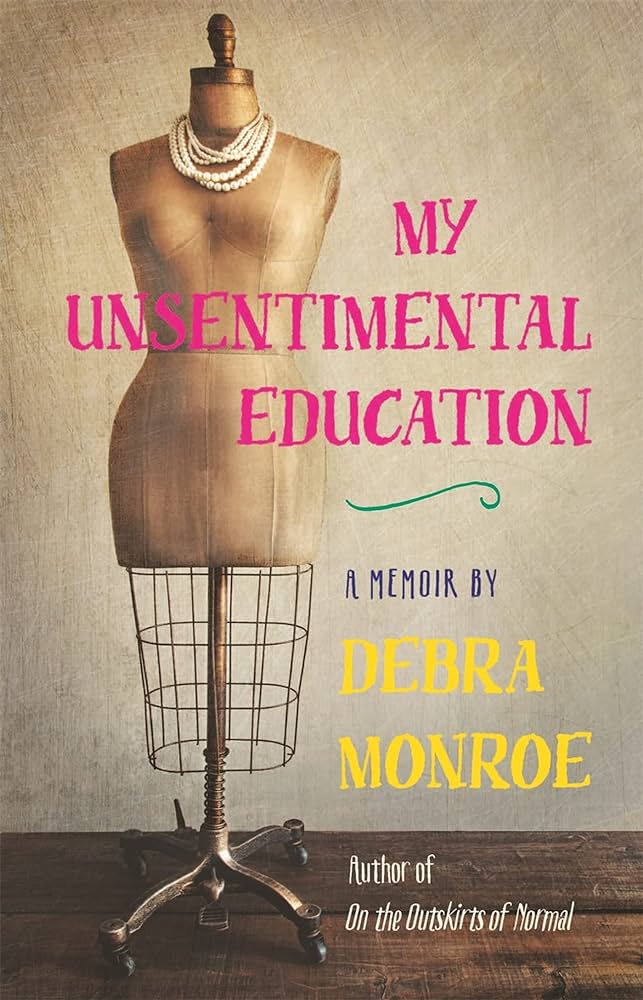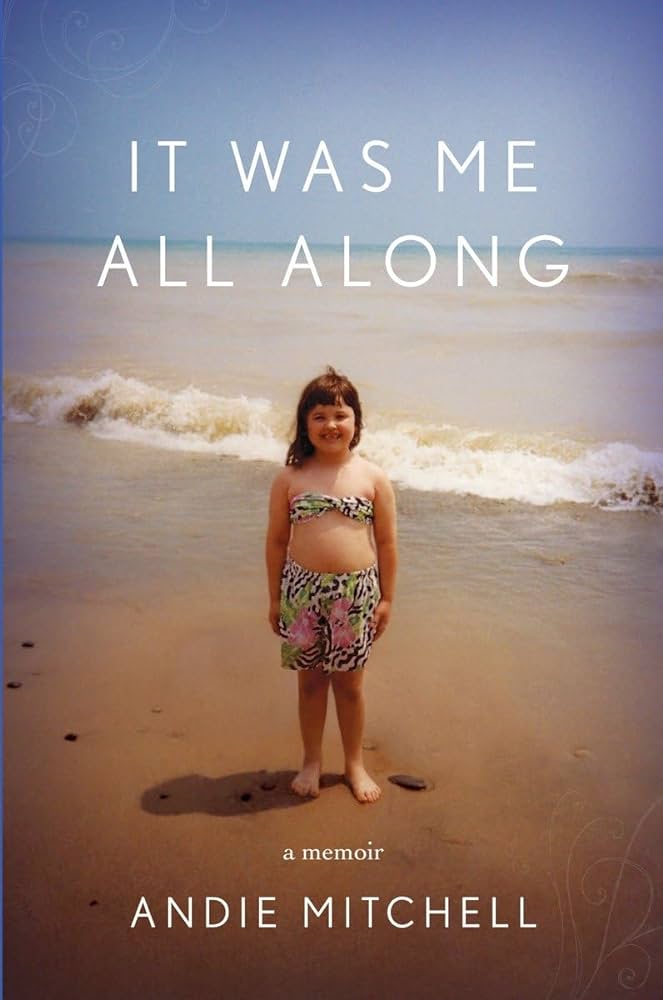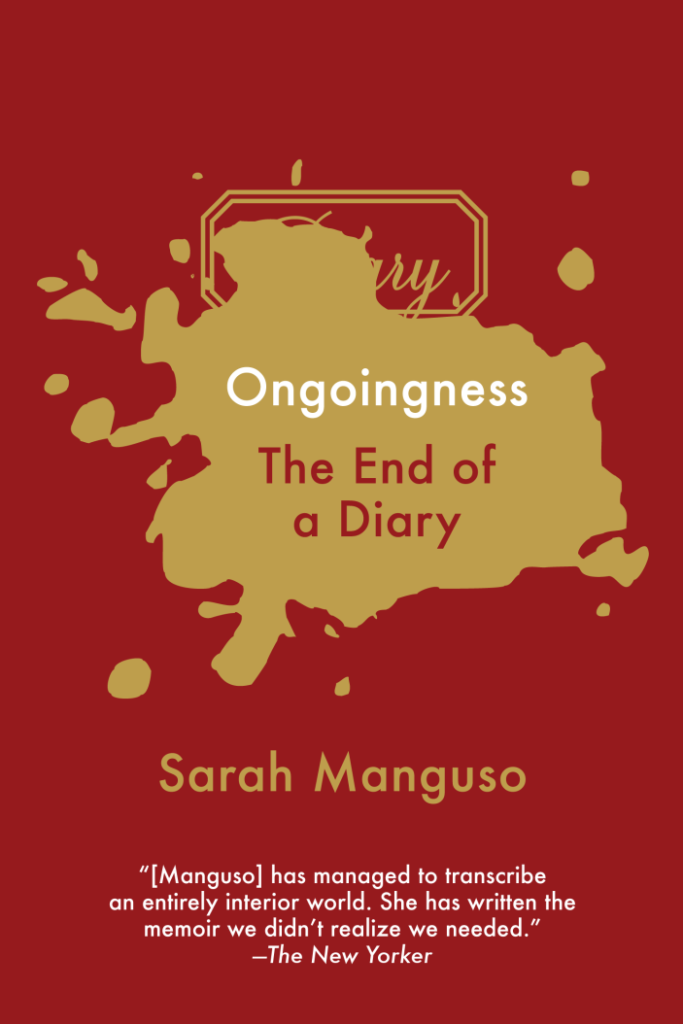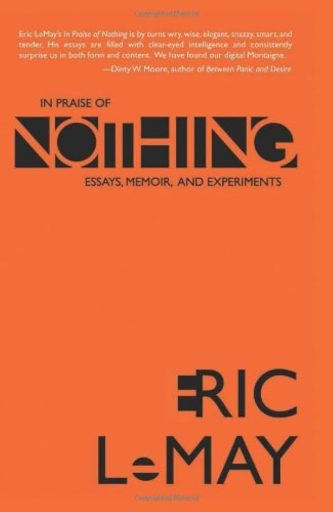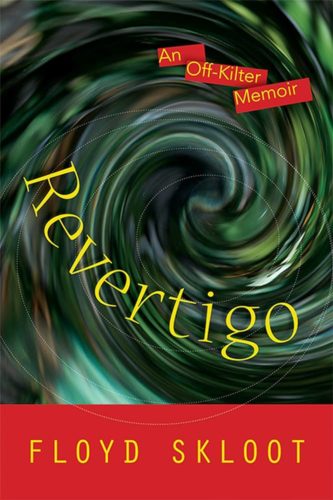By Detrick Hughes
To Float in the Space Between: A Life and Work in Conversation with the Life and Work of Etheridge Knight by Terrance Hayes
In To Float in the Space Between, Terrance Hayes writes, “One’s poetics should be liquid.” Before grabbing hold of that line, I had already dipped into this book’s structure, a dialogue between Hayes, Etheridge Knight’s life and his poetry, and interviews and stories by writers acquainted with Knight’s work. Within all this moving around, Hayes provides context through a selective use of Knight’s poems, beginning with “The Idea of Ancestry,” from 1968. Hayes pays tribute to the proposition that a mixed-genre of biography, memoir, criticism, and poetry can work together.
Hayes correlates Knight’s writing of “The Idea of Ancestry”—a major poem he wrote while serving an eight-year prison sentence for robbery—with the progress of this book. Knight’s poem is both guide and signpost. With each line selected from “The Idea of Ancestry,” Hayes creates a kind of stylistic effect in the book; the conversations among the two poets seem to highlight the flow of the poem—and vice versa. Hayes challenges the reader to fill in the spaces and to make connections of their own. I did so and floated there.
As I read, I realized my father never wrote, jotted, or scribbled a note to me. There are no pieces of paper, no post-its, or cards that survived his last breath. I do not have those things to tape to my walls. It feels nice to believe, which is possible, there is at least one birthday card stuffed in a paper-drawer or withering in a landfill waiting for an artist to repurpose it. Like the walls of Knight’s cell—he put up pictures of “47 black faces”—I have photos of my father’s blackened face before me. These photos avail themselves in my poems.
As if daring the reader to evaluate his or her existence against what strings us together, Hayes makes that which connects us have meaning in the moment. It is not necessarily about the blood that courses through veins, or flesh that encases our bones. As complex as deoxyribonucleic acid (DNA) may be, our experiences far surpass the self-replication of those building blocks. Biology is itself poetic, and the space between cells is nurture. It flows. In To Float in the Space Between, Hayes expands this notion.
Through conversations between Hayes, Knight and others, Hayes shows that our experiences, often random, shape who we are. If not for Knight’s addiction to opiates, fortunately and unfortunately, the literary culture, especially the Black Arts Movement, may not have been afforded his poetry. Dudley Randall may not have shared Knight’s works with Sonia Sanchez, who became his first wife. She would not have been in the spaces of “Upon Your Leaving,” another of Knight’s poems, and Hayes may have attended a different workshop than the one at the University of Pittsburgh where he discovered Knight’s work. Unrelated events are often irrevocably intertwined.
Hayes’s approach to his subject matter is unapologetic. His references are subtle at times, but he beautifully disrupts the space allowing the reader to chew on details. He sucked the finger of a friend’s sister before making love to her. He knows the Negro, African-American, folklore of “Shine and the Titanic.” As a teen, I was introduced to a version delivered by Rudy Ray Moore, entitled “Shine and the Great Titanic.” My favorite Rudy Ray Moore rap is still “the Signifying Monkey.” There I go, filling in the spaces. Thank you, Terrance Hayes!
There is much to love about To Float in the Space Between. War takes and creates in the section titled “An Empty Space.” Here, descriptions of loss breathe life into stories that swing between myth and truth. During the Korean war, Knight’s job was to remove bodies from the battlefield. Hayes brings Knight’s voice to the page with tragically beautiful lines like “I was making my way through a field of limbs and torsos with no attachments.”
In “Messages,” the tenuous ties of race are laid bare. Hayes conveys that art, via the Negro artist, is critically intertwined with our days as it leans against our experiences. He cajoles the reader to first submit to the notion that an artist cannot separate life from art; Knight and his poem, “The Idea of Ancestry,” continues to hover in the background. Through other artists like Langston Hughes, he illustrates how politics and art converge.
Hayes exposes his relationship with his dad and his father in “Genes.” Although the reference to each moniker is blurred in the conversation, the insinuation that there is a difference between the two is not shrouded. When Hayes describes meeting his father, it is clear that the biology of flesh and bone provides explanations distinct from nurture. Yet, it is his dad, the adopted father, who fills the spaces. As Hayes writes, “he wanted to give his family a future to be proud of.”
It never feels like things are out of place even when they seem to be. The book is organized by Hayes’s lifting the necessary themes and ideas from “The Idea of Ancestry.” Whether Knight’s poem influenced Hayes’s direction, or he entered the project only to extract the necessary pieces, he delivers an engaging work of multi-mixed-genre.
Wave Books
$25.00 Paperback | Buy Now
Detrick Hughes is the author of several poetry collections, including Disturbing the Piece (2018), Goats Do Roman Villages (2016), and Sugar-Tooth Confession (2012). He graduated from the University of Houston with a degree in Finance and from Ashland University with an MFA in Creative Writing. He is an adjunct professor at Houston Community College. Hughes is also a co-owner of D’Oliver Salons and the Chief Operating Officer at ORE Financial Services. Both companies are based in Texas.

